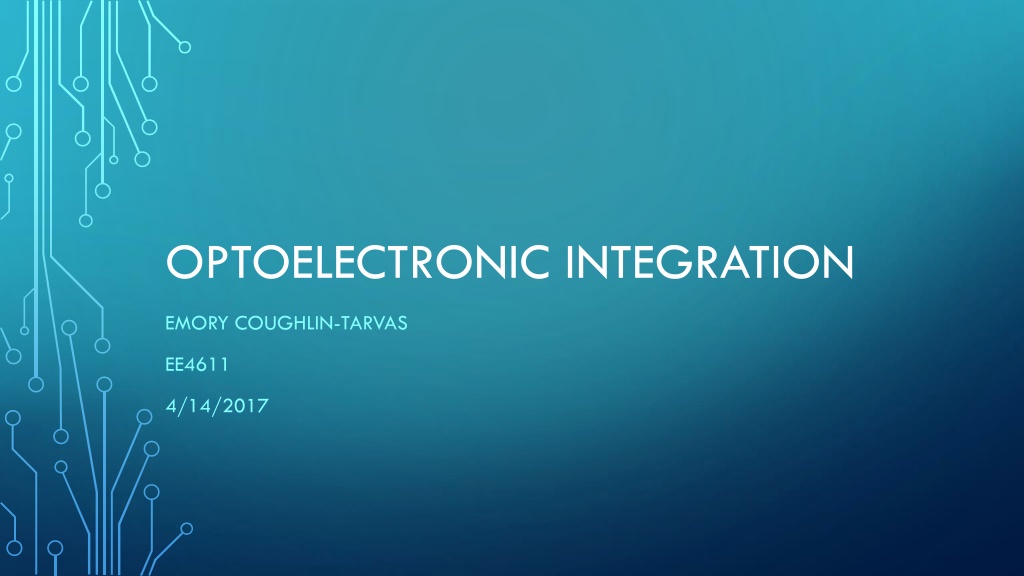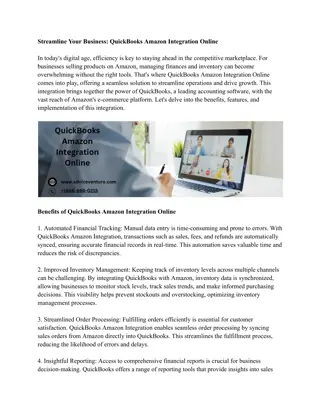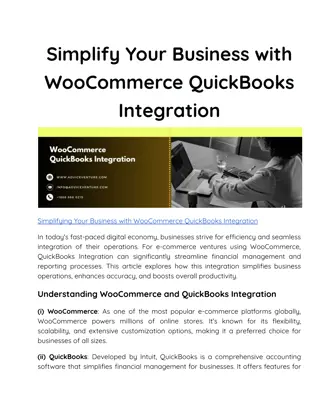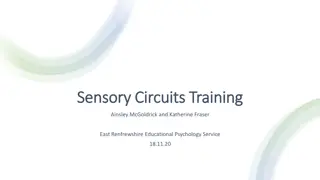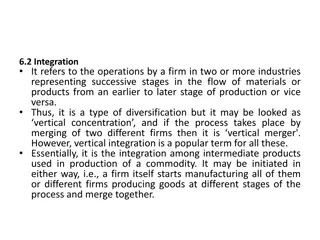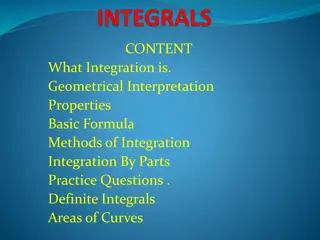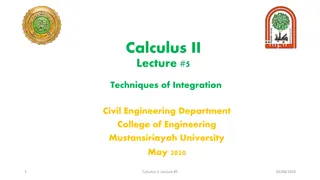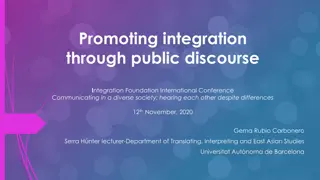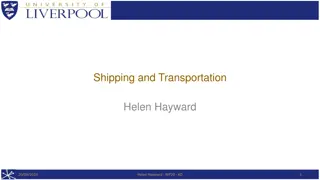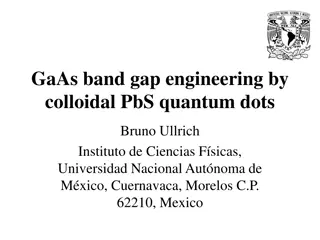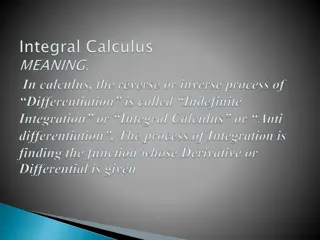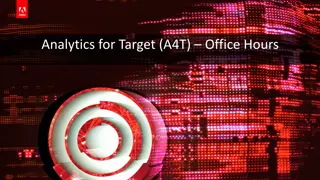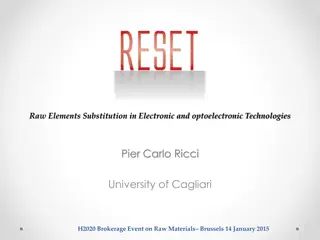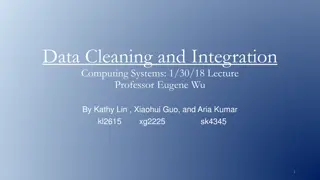Understanding Optoelectronic Integration: A Comprehensive Overview
Optoelectronic integration involves the combination of optical and electronic components to create advanced circuits with high-speed data transfer capabilities. This integration is essential for applications in photonics, such as Photonic Integrated Circuits (PICs), which offer advantages like low power consumption and compact design. However, challenges exist in terms of integration techniques, element size, density, and testing capabilities that need to be addressed for further advancement in the field of optoelectronics.
- Optoelectronic Integration
- Photonics
- Photonic Integrated Circuits
- High-Speed Data Transfer
- Integration Challenges
Download Presentation

Please find below an Image/Link to download the presentation.
The content on the website is provided AS IS for your information and personal use only. It may not be sold, licensed, or shared on other websites without obtaining consent from the author. Download presentation by click this link. If you encounter any issues during the download, it is possible that the publisher has removed the file from their server.
E N D
Presentation Transcript
OPTOELECTRONIC INTEGRATION EMORY COUGHLIN-TARVAS EE4611 4/14/2017
INTRODUCTION What is optical integration Some problems that we face Importance Elements Applications Summary References 5 key points
PHOTONIC INTEGRATED CIRCUIT (PIC) Integrated circuits with optic and electronic components Made by Photolithography and other new forms of integration Materials used Lithium Niobate Gallium Arsenide Indium Phosphide Silica on Silicon
WHATS THE POINT? Optical frequencies: From 4x1014Hz to 2x1016Hz Infrared to Ultraviolet Fiber Optics have minimal loss Minimal Noise Low Voltage and Power input High data transfer rates High speeds
PHOTON VS ELECTRON Photon Small interaction between photons Propagate outside the medium and for longer distances Electron Larger interaction between electrons Propagate only inside or on the material
Fiber (Silica) Metallic Wire (Copper) Material SiO2 Cu Loss Low High Speed High Low Bandwidth High Low Size Small Small Weight Very Light Light Interference/Noise Low High Cost Very Cheap Cheap
WHAT IS ON A PIC CHIP? Unlike electronic integrated circuits, there is no primary device Waveguides Power Splitters Optical Amplifiers Lasers Detectors
WAVEGUIDES Three types Planar Linear Cylindrical
INTEGRATED LASERS Types: Gas Solid-State Semiconductor VCSEL Advantages: Compact Low power consumption High-Speed Modulation Tunable
PROBLEM WITH PICS TODAY These elements require a variety of integration techniques and materials Feature size is large Integration density is low Expensive Software is not powerful enough to test yet
APPLICATIONS Fiber-Optic communications Biomedical Photonic computing Big data computing
INTEL The only fully integrated silicon photonics solution with Intel's hybrid laser technology 100 Gigabits per second Wanting to get to 400 Gbps in the future http://www.intel.com/content/www/us/en/architecture-and- technology/silicon-photonics/silicon-photonics-overview.html
SUMMARY There are many benefits to using optical elements including low power consumption and high speeds The problems we are running into so far are that it is too expensive to make and try at this point As of right now optoelectronics are mostly used in communications
RESOURCES http://www.intel.com/content/www/us/en/architecture-and-technology/silicon- photonics/silicon-photonics-overview.html http://ieeexplore.ieee.org/stamp/stamp.jsp?arnumber=1073053 http://boya.xmu.edu.cn/IntOW/OEICs.pdf http://ieeexplore.ieee.org/document/6886968/ https://books.google.com/books?id=GgkXWZPAD4YC&pg=PA1&lpg=PA1&dq=optoelectro nic+integrated+circuit+reasons&source=bl&ots=UpZmGJg4O7&sig=4Sn4z1w5bG- K2JTI6qkc6QG5kX4&hl=en&sa=X&ved=0ahUKEwjNx7_K5ujSAhWJg1QKHZi3BjoQ6AEIPD AE#v=onepage&q&f=false https://www.elprocus.com/optoelectronics-devices-with-their-applications/ https://www.Wikipedia.com
5 KEY CONCEPTS Speed and efficiency is high, also made with cheap and light materials. Hard to physically make because of technological barriers. Used in many fields including communications, computing, biomedical, and power systems. Fiber optics have low loss and cause minimal noise They can be used at high frequencies with high bandwidth
